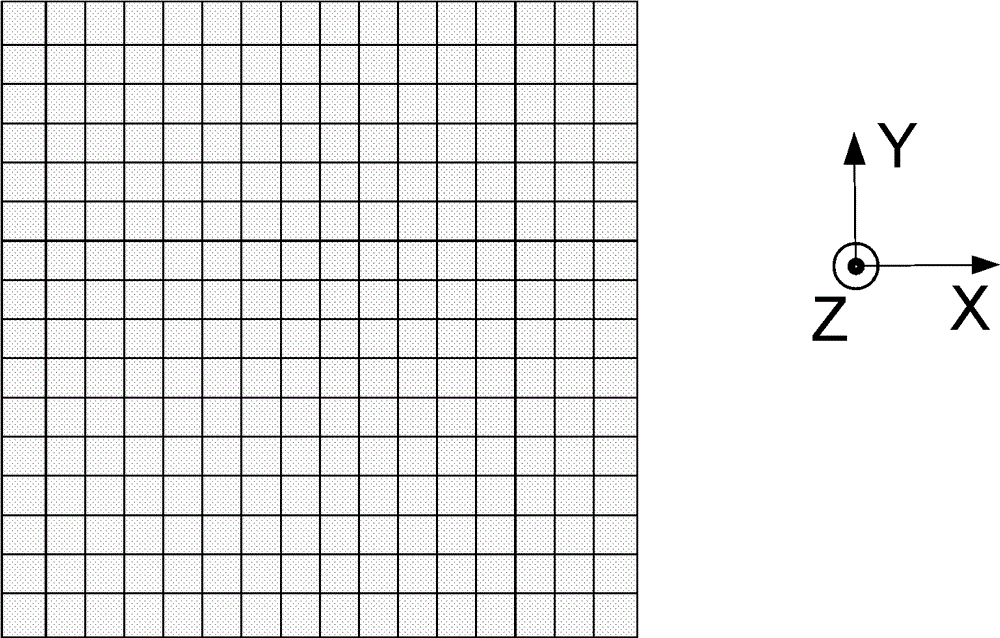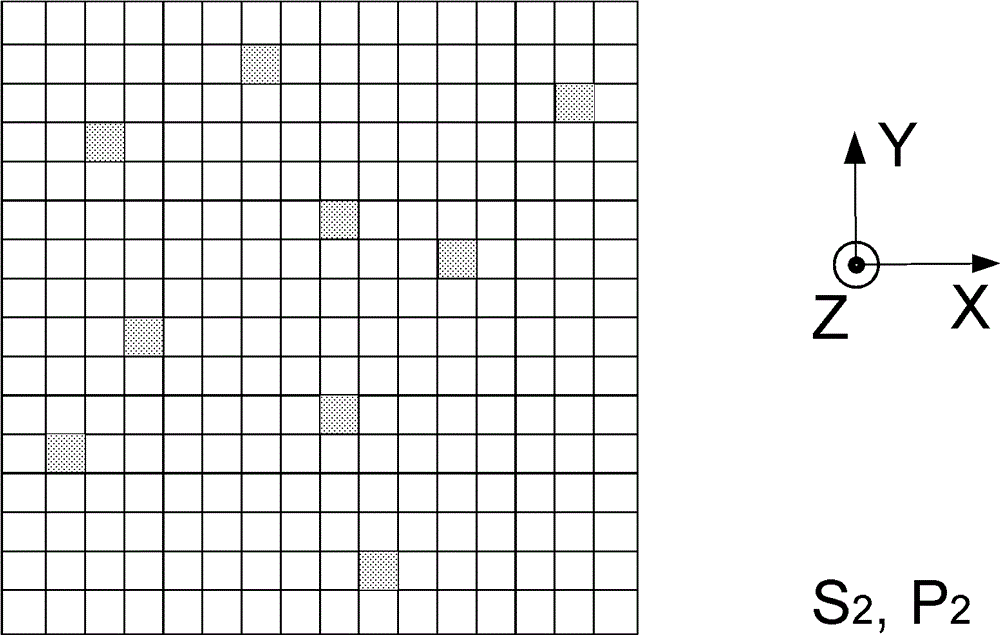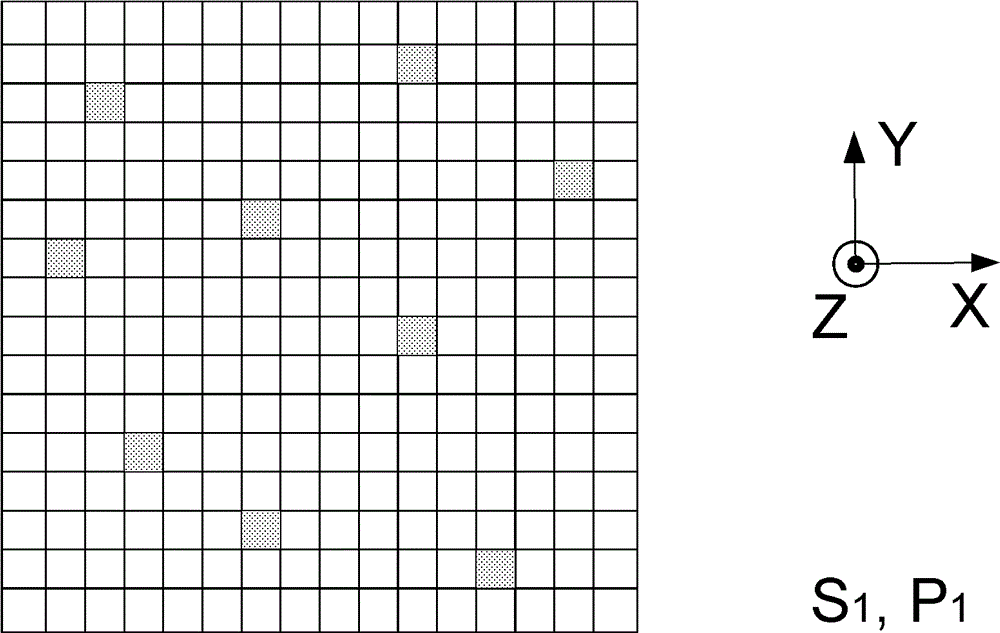Mathematical image assembly in a scanning-type microscope
A technology for microscopes and confocal microscopes, which is applied in the field of mathematical image combination in scanning microscopes, and can solve problems such as signal-to-noise ratio reduction
- Summary
- Abstract
- Description
- Claims
- Application Information
AI Technical Summary
Problems solved by technology
Method used
Image
Examples
Embodiment 1
[0095] figure 1 is a highly schematic depiction of an embodiment of a scanning type microscope 1 suitable for use in conjunction with the present invention; the depicted microscope is a STEM (i.e. a TEM with scanning capabilities), however, in the context of the present invention, it may only be valid Ground as SEM, confocal microscope, scanning ion microscope, etc. In the drawing, within a vacuum enclosure 2, an electron source 4, such as for example a Schottky gun, generates an electron beam that passes through an electron-optical illuminator 6 for directing / focusing the electron beam onto (substantially flat) specimen S over the selected area. This illuminator 6 has an electro-optical axis 8 and will generally include various electrostatic / magnetic lenses, (scanning) deflectors, correctors (such as astigmatism correction devices), etc.; typically it may also include a condenser system .
[0096] The specimen S is supported on a specimen holder 10, which can be positione...
Embodiment 2
[0102] Figure 2A and 2B Schematically depicts (eg figure 1 Some aspects of traditional methods of image accumulation in scanning-type microscopes of the type depicted in , or an alternative). at this background, Figure 2A Depicts a scanning grid G of the type alluded to above, which is an imaginary mathematical grid / matrix superimposed on (the XY plane of) the specimen S and containing a juxtaposed array of sampling cells (pixels, sampling points) C; As depicted here, the grid G is orthogonal in nature, but this is not limiting and other grid geometries (eg polar) are also conceivable. In conventional scanning microscopy, this entire scanning grid G is "filled" because the scanning beam sequentially observes each cell C in the grid G as the specimen S traces the scan path (i.e. from which data is collected). If a cell C observed (measured) in this way is depicted using shades of gray, this prior art situation is represented in FIG. 2 by the fact that the overal...
Embodiment 3
[0117] As already explained above, the present invention performs a mathematical registration correction to compensate the set {P n} drift mismatch between different members of}. The general principle of such registration correction can be explained in more detail as follows, whereby the term "set" will be used to refer to a cluster D of data points / pixels obtained for imaging purposes. Particularly:
[0118] - When used in the context of Type I methods (see item (I) above and item (A) below), the term refers to the reconstructed subimage I n .
[0119] - When used in the context of Type II methods (see item (II) above and item (B) below), the term refers to the "native" cluster P of sampling points n .
[0120] One can now distinguish the following two situations.
[0121] (A)
[0122] When registering the first collection and the second collection When , a typical alignment algorithm performs the following tasks:
[0123] -Will regarded as right Apply the resu...
PUM
 Login to View More
Login to View More Abstract
Description
Claims
Application Information
 Login to View More
Login to View More - R&D
- Intellectual Property
- Life Sciences
- Materials
- Tech Scout
- Unparalleled Data Quality
- Higher Quality Content
- 60% Fewer Hallucinations
Browse by: Latest US Patents, China's latest patents, Technical Efficacy Thesaurus, Application Domain, Technology Topic, Popular Technical Reports.
© 2025 PatSnap. All rights reserved.Legal|Privacy policy|Modern Slavery Act Transparency Statement|Sitemap|About US| Contact US: help@patsnap.com



